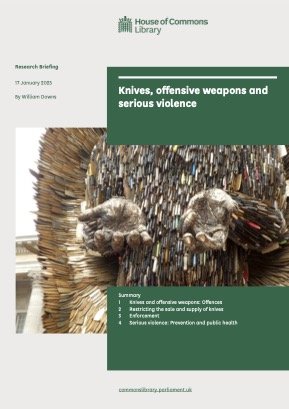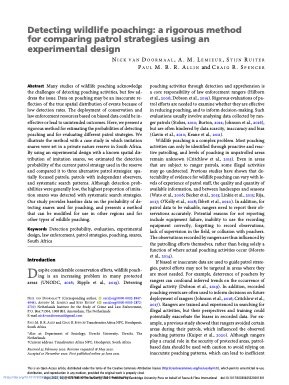By Ernesto Lopez, Bobby Boxerman
Key Takeaways This study updates and supplements previous U.S. crime trends reports by the Council on Criminal Justice (CCJ) with data through December 2024. It examines yearly and monthly rates of reported crime for 13 violent, property, and drug offenses in 40 American cities that have consistently reported monthly data over the past six years. The 40 cities are not necessarily representative of all jurisdictions in the United States. Not all cities published data for each offense (see the Appendix for which cities reported which offenses); trends in offenses with fewer reporting cities should be viewed with caution. Not all crimes are reported to law enforcement. In addition, the data collected for this report are subject to revision by local jurisdictions. Reported levels of 12 of the 13 offenses covered in this report were lower in 2024 than in 2023; shoplifting was the only offense higher in 2024 compared to 2023. Looking at changes in violent offenses from 2023 to 2024, the number of homicides in the 29 study cities providing data for that crime was 16% lower, representing 631 fewer homicides. There were 4% fewer reported aggravated assaults, 15% fewer gun assaults, 6% fewer sexual assaults, and 4% fewer domestic violence incidents last year than in 2023. Robbery fell by 10% while carjackings (a type of robbery) decreased by 32%. Motor vehicle theft had been on the rise from the summer of 2020 through 2023, but that trend reversed last year; there were 24% fewer motor vehicle thefts in 2024 than in 2023. Reports of residential burglaries (-13%), nonresidential burglaries (-6%), larcenies (-5%), and drug offenses (-3%) all decreased in 2024 compared to 2023. But rates of reported shoplifting, a crime that has received extensive attention from the media and policymakers, increased by 14% over the same period. Examining trends over a longer timeframe, most violent crimes are at or below levels seen in 2019, the year prior to the onset of the COVID pandemic and racial justice protests of 2020. There were 6% fewer homicides in the study cities in 2024 than in 2019. Similarly, sexual assault (-26%), domestic violence (-11%), and robbery (-19%) were lower in 2024 than in 2019. In contrast, aggravated assaults (+4%), gun assaults (+5%), and carjackings (+25%) were higher in 2024 than in 2019. Homicide rates in some high-homicide cities, including Baltimore, Detroit, and St. Louis, have dropped even further, returning to the levels of 2014, when national homicide rates were at historic lows. Rates in other cities have largely returned to pre-pandemic levels. Property crime trends have been mixed over the last five years. There were fewer residential burglaries (-38%) and larcenies (-12%) in 2024 than in 2019, but more nonresidential burglaries (+12%) and shoplifting (+1%). Motor vehicle thefts were higher by half (+53%) during the timeframe. Drug offenses in 2024 were 28% below 2019 levels. While these crime reductions are promising, the United States still experiences high levels of homicide compared to other industrialized nations, and progress should not slow local, state, federal, and community efforts to adopt comprehensive, evidencebased strategies to reduce violence. Furthermore, researchers should redouble their efforts to identify how broad behavioral shifts and other societal dynamics may affect trends.
Washington, DC: Council on Criminal Justice, 2025. 39p.





















